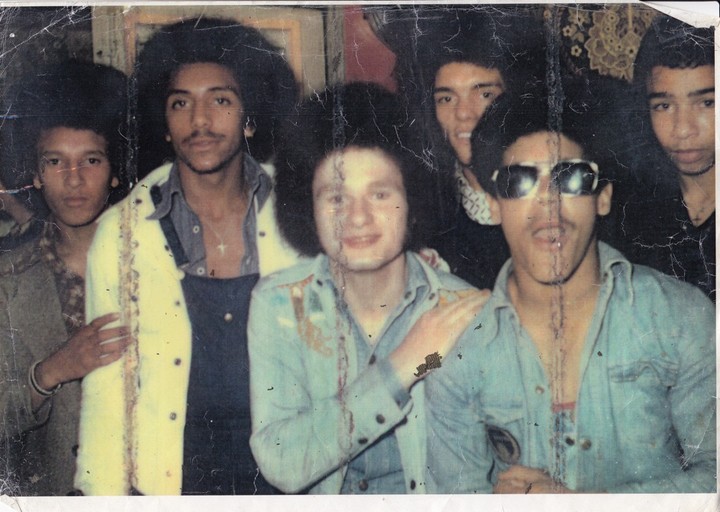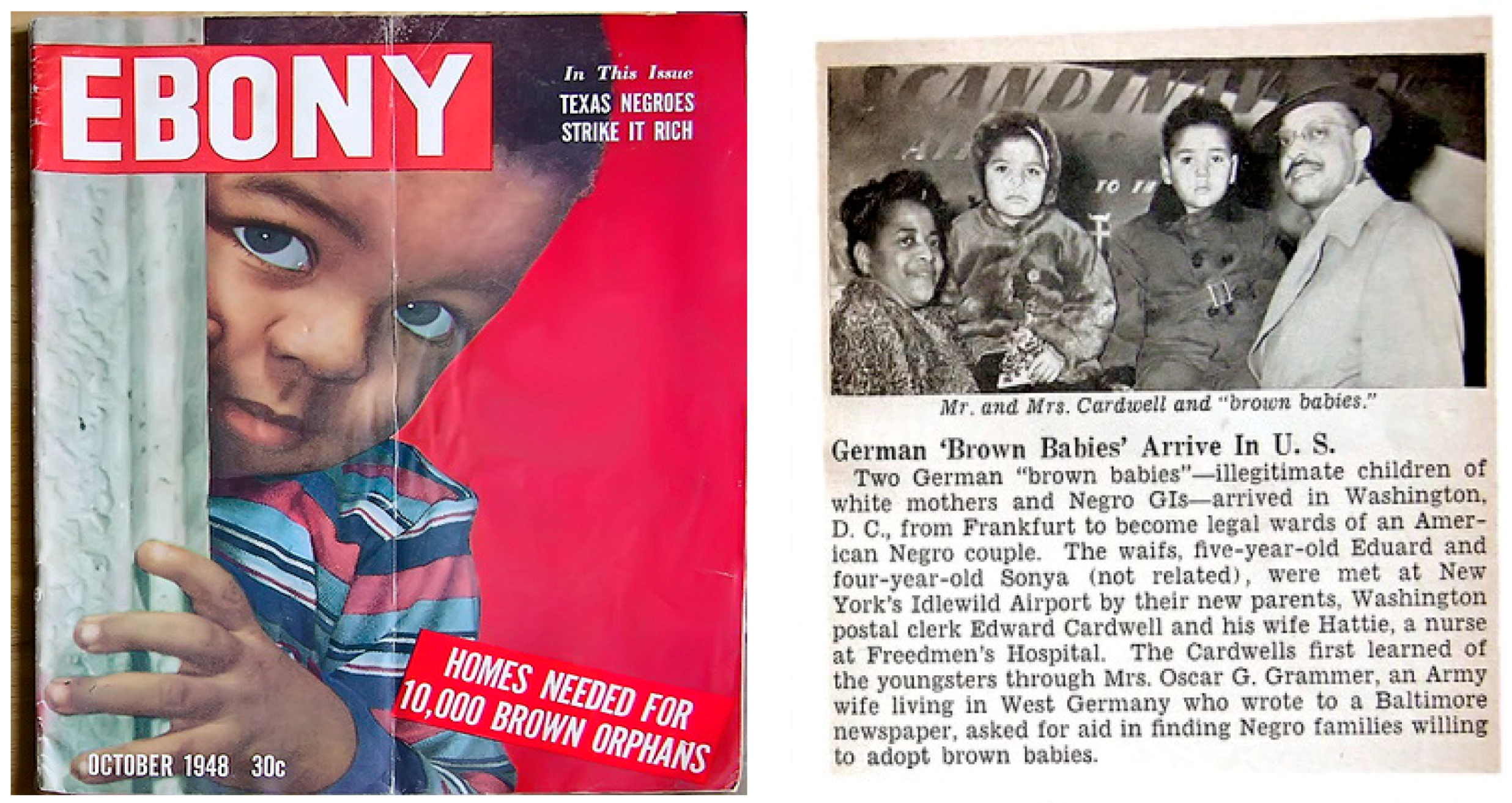New Perspectives on James Weldon Johnson’s The Autobiography of an Ex-Colored Man ed. by Noelle Morrissette (review)
African American Review
Volume 51, Number 4, Winter 2018
pages 344-346
DOI: 10.1353/afa.2018.0049
Masami Sugimori, Associate Professor of American Literature
Florida Gulf Coast University, Fort Myers, Florida
Ed. Noelle Morrissette. New Perspectives on James Weldon Johnson’s The Autobiography of an Ex-Colored Man. Athens: U of Georgia P, 2017. 272 pp. $59.95.
More than a century after its initial publication in 1912, The Autobiography of an Ex-Colored Man by James Weldon Johnson continues to generate commentary. The narrator’s racial passing, along with the novel’s twist of genre through “passing” for an autobiography, has led much scholarship to address the issues of race and narrative. At the same time, with the advent and development of new critical and theoretical approaches, more and more topics (pertaining to the literary climate around Johnson’s composition, the novel’s intertextuality with other works both within and outside of the era, and the sociocultural contexts of the early twentieth-century U. S., to name just a few) have arisen and enriched our inquiry. Meanwhile, the novel itself has gone through numerous editions—including, but not limited to, those published by Alfred A. Knopf (1927), New American Library (1948), Vintage (1989), Penguin Books (1990), Library of America (2004), and recently, by W. W. Norton as a Critical Edition (2015)—which attest to its increasingly canonical status in American literature. New Perspectives on James Weldon Johnson’s The Autobiography of an Ex-Colored Man—the first critical anthology devoted entirely to the novel—is a timely addition to this evolution of Johnson scholarship and readership, featuring both established and innovative strategies for analysis and interpretation.
Editor Noelle Morrissette’s Introduction defines New Perspectives as a product of the ongoing critical history of The Autobiography, on the one hand, and as an embodiment of the “futurity” that explicitly or implicitly informs the novel, on the other. While offering “new perspectives” in their respective ways, the essays in this collection attend productively to the accumulated scholarship that Morrissette surveys in terms of topical trends: Johnson’s authorial achievements and the novel’s documentary values (1960s and ’70s); its intertextuality with African American narratives (late 1970s and early ’80s); modernity, modernism, and racial identity (1990s); and transnationalism, performativity, music, and sound (since 2000). These essays also share an emphasis on the visions of the future Johnson embedded in the novel—not only as an extension of his careful assessment of the contemporary U. S., but also in his resistance to the nation’s racial regime, which denied blacks a legitimate history or a sense of teleological progression in time. Thus, Morrissette designs her anthology to conduct “a reassessment of the author’s writing and legacy and the racial futurity he called for, to which we continue to respond” (15).
These guiding principles also account for the section organization of New Perspectives, with its ten chapters and an Afterword assigned to four parts according to topical focuses. The three essays in part one, “Cultures of Reading, Cultures of Writing: Canons and Authenticity,” examine Johnson’s complex relationship with “cultural” parameters surrounding his composition: white mentor Brander Matthews’s theory of modern American fiction (Lawrence J. Oliver); the early twentieth-century African American literary scene (Michael Nowlin); and the novel’s “reliably unreliable” white readers (Jeff Karem 67). Each of these relationships consists of transactional negotiation rather than one-way influence. Through careful analysis of Johnson’s œuvre and correspondence, for example, Nowlin reveals that the author’s acute sense of African American literary destitution underlies the way he framed The Autobiography—both in its anonymous publication in 1912 and in the 1927 republication marketed as “a classic in Negro literature” (49)—which went in tandem with his strenuous promotion of other black writers to establish a legitimate and well-recognized African American literary tradition.
Part two, “Relational Tropes: Transnationalism, Futurity, and the Ex-Colored Man,” features three essays on the transnational and transhistorical potential of, and exploration in, The Autobiography. Diana Paulin compares the novel with Pauline Hopkins’s Of One Blood, and Daphne Lamothe does so with Teju Cole’s Open City, to reveal the “futurity” that Johnson’s work posits in the form, respectively, of…
Read or purchase the review here.




